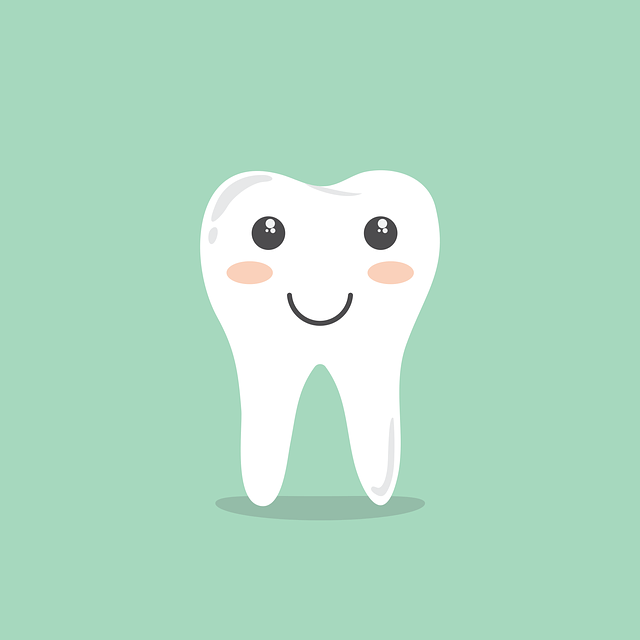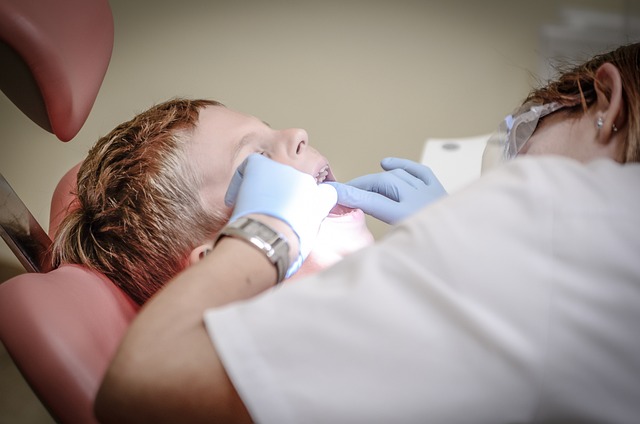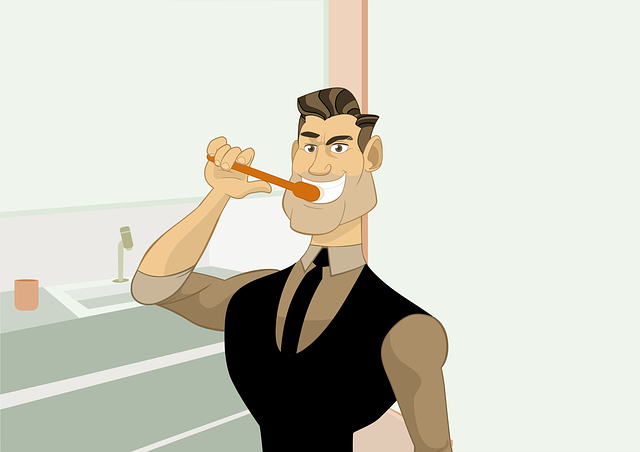Eating with a Retainer: Dos and Don’ts for Dental Health
Are you one of the many individuals who rely on a retainer to maintain a straight and beautiful smile? If so, you may have wondered about the dos and don’ts of eating with this dental appliance. Properly caring for your retainer is crucial for both its longevity and your overall dental health. In this article, we will delve into the ins and outs of eating with a retainer, providing you with expert advice on what to do and what to avoid. So, grab a chair, relax, and get ready to learn how to navigate the world of dining with confidence while keeping your retainer in top shape!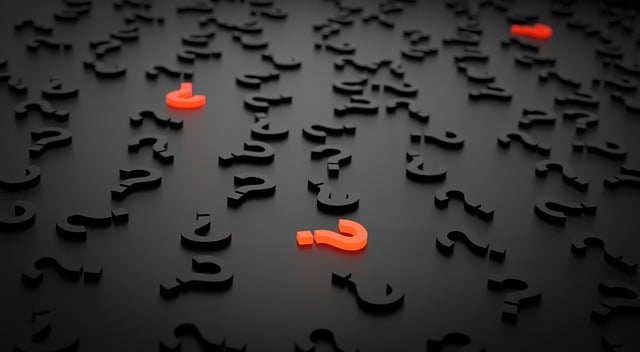
1. The Importance of Proper Oral Care: Maintaining Dental Health While Eating with a Retainer
When it comes to maintaining dental health, proper oral care is essential, especially for individuals who wear retainers. Retainers are commonly used after orthodontic treatment to ensure teeth remain in their new, corrected positions. However, wearing a retainer can make eating a bit more challenging and increase the risk of dental issues if not handled correctly.
Here are some key reasons why proper oral care is crucial for those who wear retainers:
- Preventing plaque buildup: Retainers can trap food particles and create a breeding ground for bacteria. Regularly brushing your teeth, including your retainer, helps remove plaque and reduces the risk of tooth decay.
- Preserving retainer effectiveness: Maintaining dental health while wearing a retainer ensures its effectiveness. By preventing cavities and gum disease, you can avoid the need for adjustments or replacements.
- Avoiding bad breath: Neglecting proper oral care with a retainer can lead to unpleasant breath. Brushing and flossing regularly, along with cleaning your retainer, helps eliminate bacteria and keeps your breath fresh.
2. Dos and Don’ts for Eating with a Retainer: Expert Advice for a Healthy Smile
When it comes to maintaining a healthy smile while wearing a retainer, following certain dos and don’ts can make a world of difference. Our experts have compiled a list of essential tips to help you navigate this journey with confidence. Take note of these recommendations to ensure your retainer stays in excellent condition and your smile remains radiant.
DOs:
- Remove your retainer before eating: It’s crucial to take out your retainer before consuming any food or beverages. This practice prevents damage to the retainer and allows for thorough cleaning.
- Brush your teeth before wearing the retainer: Maintaining good oral hygiene is essential. Brushing your teeth before putting your retainer on helps eliminate any food particles that could potentially get trapped.
- Clean your retainer regularly: Proper cleaning is vital to prevent the buildup of bacteria and plaque. Use a soft toothbrush and mild soap or a retainer cleaner recommended by your orthodontist.
- Store your retainer properly: When not in use, keep your retainer in its designated case. This helps protect it from damage and reduces the risk of losing it.
DON’Ts:
- Don’t use hot water to clean your retainer: High temperatures can distort the shape of your retainer, rendering it ineffective. Always opt for lukewarm or cold water when cleaning.
- Don’t use toothpaste to clean your retainer: Toothpaste can be abrasive and cause damage to the retainer’s surface. Stick to mild soap or a retainer cleaner specifically designed for this purpose.
- Avoid biting or chewing on hard foods: Chewing on hard candies, ice, or other tough foods can damage your retainer. Be mindful of what you eat to avoid any unnecessary accidents.
- Don’t forget to bring your retainer case with you: Whenever you’re away from home, be sure to carry your retainer case with you. This way, if you need to remove your retainer temporarily, you’ll have a safe place to store it.

3. Navigating Food Choices: What to Eat and What to Avoid When Wearing a Retainer
Wearing a retainer is an important part of maintaining the results achieved through orthodontic treatment. It ensures that your teeth stay in their proper positions and prevent any shifting. However, to ensure the longevity and effectiveness of your retainer, it is essential to be mindful of your food choices. Here are some guidelines on what to eat and what to avoid:
- Foods to Eat: Stick to soft, non-sticky foods that won’t damage or dislodge your retainer. Opt for items such as yogurt, mashed potatoes, scrambled eggs, soft fruits, and cooked vegetables. These foods are gentle on your retainer and won’t cause any harm or discomfort.
- Foods to Avoid: Stay away from hard, chewy, or sticky foods that can damage or break your retainer. Avoid items like popcorn, hard candies, nuts, chewing gum, and caramel. These foods can bend the wires or cause your retainer to become misshapen, rendering it ineffective.
By making smart food choices, you can ensure that your retainer remains in excellent condition, allowing it to properly align your teeth and maintain your beautiful smile. Remember, it’s crucial to follow these guidelines to prevent any unnecessary visits to your orthodontist for retainer repairs or adjustments. If you have any questions or concerns about specific foods, don’t hesitate to consult with your orthodontist for personalized advice.

4. Best Practices for Cleaning Your Retainer: Essential Steps for Optimal Dental Hygiene
Keeping your retainer clean is crucial for maintaining optimal dental hygiene. Here are some essential steps to follow:
- Remove your retainer daily: Take out your retainer every day and rinse it thoroughly with warm water. This helps remove any food particles or debris that may have accumulated.
- Brush with a non-abrasive toothpaste: Use a soft-bristled toothbrush and a non-abrasive toothpaste to gently scrub your retainer. Avoid using regular toothpaste, as it can be too harsh and may damage the retainer’s surface.
- Soak in a denture cleaner: Regularly soaking your retainer in a denture cleaner can help eliminate bacteria and prevent any unpleasant odors. Follow the instructions provided with the denture cleaner for the recommended amount of time.
Additionally, it’s important to remember the following tips:
- Avoid hot water: Do not use hot water to clean your retainer, as it can warp the plastic.
- Handle with care: Always handle your retainer gently to avoid bending or damaging it.
- Store properly: When you’re not wearing your retainer, store it in a clean case to protect it from dirt and bacteria.
By following these best practices, you can ensure that your retainer stays clean and maintains its effectiveness in preserving your dental health.

5. Maintaining Retainer Integrity: Tips to Avoid Damage and Prolong Its Lifespan
Maintaining the integrity of your retainer is crucial to ensure its longevity and effectiveness. Here are some expert tips to help you avoid damage and prolong the lifespan of your retainer:
1. Handle with care: When taking out or putting in your retainer, always use both hands and be gentle. Avoid using excessive force or bending the retainer, as this can weaken the material and lead to breakage.
2. Clean properly: Regularly clean your retainer to prevent the buildup of bacteria, plaque, and odors. Use a soft toothbrush or a retainer brush specifically designed for this purpose. Gently brush the retainer with a mild soap or non-abrasive toothpaste, then rinse thoroughly with cold water. Avoid using hot water, as it can warp the retainer.
3. Store correctly: When not wearing your retainer, store it in its designated case to protect it from damage and prevent loss. Avoid leaving it exposed to air, as this can cause it to dry out and become brittle. Additionally, keep it away from pets or small children who may mistake it for a toy.
4. Avoid heat and chemicals: Retainers are sensitive to heat and certain chemicals, which can cause them to warp or discolor. Avoid placing your retainer near hot surfaces, such as heaters or direct sunlight. Similarly, keep it away from strong chemicals, such as mouthwash or bleach.
By following these simple tips, you can maintain the integrity of your retainer and ensure it continues to serve its purpose effectively for a longer period. Remember, taking proper care of your retainer not only saves you from potential discomfort but also saves you money by avoiding frequent replacements.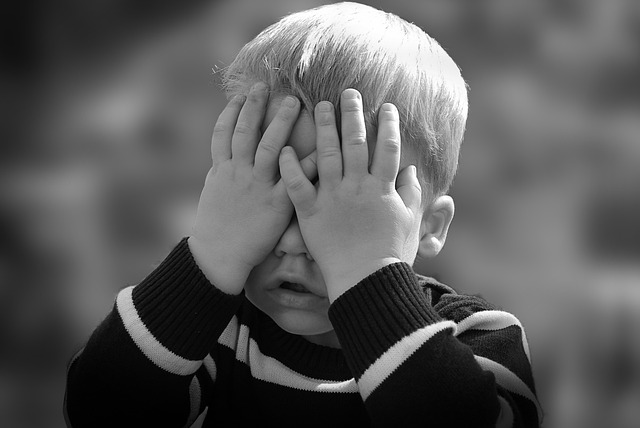
6. Seeking Professional Guidance: When and Why You Should Consult Your Orthodontist
When it comes to your orthodontic treatment, it’s important to know when and why you should consult your orthodontist. Seeking professional guidance is crucial for ensuring the success of your treatment and maintaining good oral health. Here are a few instances when it’s highly recommended to schedule a visit with your orthodontist:
1. Discomfort or Pain: If you experience persistent discomfort or pain during your orthodontic treatment, it’s essential to consult your orthodontist. They can identify the cause of the discomfort and make necessary adjustments to alleviate your pain, ensuring your treatment progresses smoothly.
2. Broken or Loose Appliances: Sometimes, accidents happen, and your braces or other orthodontic appliances may become damaged or loose. It’s crucial to consult your orthodontist immediately in such cases. They will assess the situation and repair or replace the broken or loose appliance to avoid any disruptions in your treatment.
7. Mastering the Art of Eating with a Retainer: Practical Tips for a Seamless Transition
Once you have been fitted with a retainer to help maintain the alignment of your teeth, it’s important to master the art of eating with it to ensure a seamless transition. Follow these practical tips to make the adjustment process as smooth as possible:
- Start with soft foods: In the beginning, opt for soft foods that require minimal chewing, such as yogurt, mashed potatoes, or soup. This will allow you to get used to the feeling of eating with your retainer without putting too much strain on it.
- Cut food into smaller pieces: To avoid potential damage to your retainer, cut your food into smaller, bite-sized pieces. This will make it easier to chew and reduce the risk of accidentally dislodging or breaking your retainer.
- Avoid sticky and hard foods: Sticky candies, chewing gum, and hard foods like nuts or ice can pose a challenge when wearing a retainer. These types of foods can get stuck in your retainer or potentially cause damage. It’s best to steer clear of them until you feel more comfortable with your retainer.
Remember, practice makes perfect when it comes to eating with a retainer. Over time, you’ll become more adept at navigating different food textures and chewing with your retainer in place. If you have any concerns or questions, don’t hesitate to reach out to your orthodontist for guidance. With a little patience and these practical tips, you’ll soon be a pro at seamlessly incorporating your retainer into your eating routine.
Frequently Asked Questions
Q: Can I eat with my retainer on?
A: It is generally recommended to remove your retainer before eating to ensure proper dental hygiene and prevent any potential damage to the retainer itself.
Q: What types of food should be avoided while wearing a retainer?
A: Sticky and chewy foods such as caramel, taffy, gum, and hard candies should be avoided as they can easily get stuck in your retainer and cause damage.
Q: Can I drink beverages while wearing a retainer?
A: It is best to remove your retainer before consuming any beverages, except water. This helps prevent staining and the accumulation of sugars or acids that can harm your teeth and the retainer.
Q: Is it necessary to clean my retainer after every meal?
A: Yes, it is important to clean your retainer after every meal to remove any food particles or bacteria that may have accumulated. This can be done by gently brushing it with a toothbrush and mild soap or using a retainer cleaning solution.
Q: How should I store my retainer while eating?
A: When not wearing your retainer, it should be stored in its protective case to prevent loss or damage. Avoid wrapping it in a napkin or placing it on a table where it can easily be misplaced or thrown away.
Q: Can I wear my retainer while playing sports or participating in physical activities?
A: It is generally not recommended to wear your retainer during sports or physical activities. It can be damaged or cause injury to your mouth if hit or jarred during the activity. It is best to remove it and store it safely during these times.
Q: Can I wear my retainer while sleeping?
A: If your orthodontist has instructed you to wear your retainer at night, then it is safe to do so. However, it is always best to follow the specific instructions provided by your orthodontist to ensure optimal dental health.
Q: How often should I clean my retainer?
A: It is recommended to clean your retainer at least once a day, preferably in the morning or before bed. Regular cleaning helps prevent the buildup of plaque, bacteria, and bad odors.
Q: Can I use toothpaste to clean my retainer?
A: It is not recommended to use toothpaste to clean your retainer as some toothpaste may contain abrasive ingredients that can scratch or damage the retainer. Stick to using mild soap or a retainer cleaning solution.
Q: What should I do if my retainer gets damaged or no longer fits properly?
A: If your retainer gets damaged or no longer fits properly, it is vital to contact your orthodontist as soon as possible. They will be able to assess the issue and provide the necessary guidance or adjustments to ensure your dental health is maintained.
The Way Forward
In conclusion, maintaining dental health while eating with a retainer is crucial. By following a few simple dos and don’ts, you can ensure the longevity and effectiveness of your retainer, as well as the overall health of your teeth and gums.
Firstly, it is important to remember to remove your retainer before eating. This will prevent any damage to the retainer and allow you to enjoy your meal without any discomfort. Additionally, it is advisable to store your retainer in a clean case during meal times to avoid any contamination or loss.
When it comes to food choices, opt for softer, easier-to-chew options to minimize the risk of damaging your retainer or causing any discomfort. Avoid sticky, chewy, or hard foods that can potentially bend or break your retainer.
Maintaining proper oral hygiene is also essential. Make sure to brush and floss your teeth after every meal, including before re-inserting your retainer. This will help prevent any food particles from getting trapped and causing plaque buildup or bad breath.
Lastly, regular visits to your dentist are crucial to ensure the health and fit of your retainer. They can provide professional cleaning and make any necessary adjustments or repairs to keep your retainer in optimal condition.
By adhering to these simple guidelines, you can confidently enjoy your meals while safeguarding your dental health. Remember, a well-maintained retainer leads to a beautiful and healthy smile.
